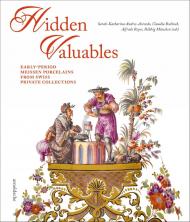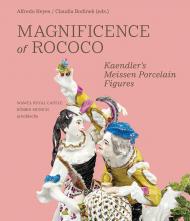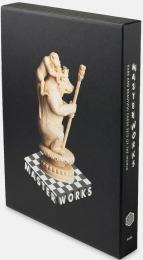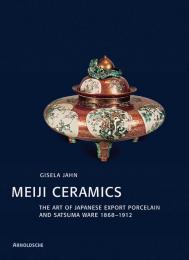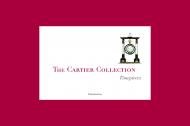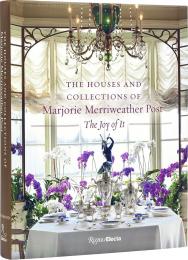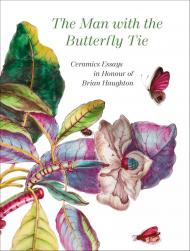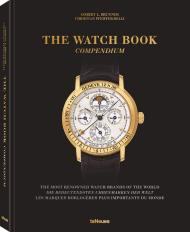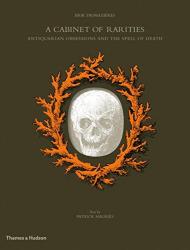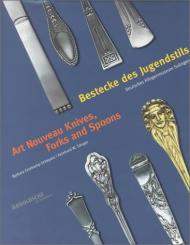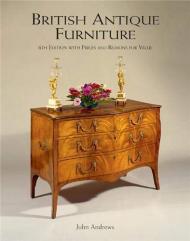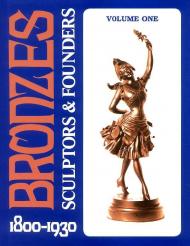Якщо ви хочете дізнатися вартість своїх антикваріатів або дізнатися, як справи на ринку антикваріату, то вам варто звернути увагу на світовий бестселер з цінами на антикваріат.
«Біблія світу антикваріату». Daily Mail
Miller's Antiques Handbook & Price Guide залишається важливим і надійним путівником по ринку антикваріату. Він заслужив репутацію книги, без якої не повинен обійтися жоден дилер, колекціонер чи аукціоніст. Упорядник Джудіт Міллер, всесвітньо відома експертка з антикваріату та співзасновниця книги, містить понад 8000 антикварних предметів.
Вичерпні розділи охоплюють кераміку, азійський антикваріат, меблі, скло, срібні та металеві вироби, ювелірні вироби та предмети декору, годинники, книги, текстиль, іграшки, декоративно-прикладне мистецтво та сучасну класику. Спеціальні матеріали пояснюють, чому один предмет коштує більше за інший, показують, як оцінити предмет, і навчають вас бути власним оцінювачем. Біографії дизайнерів та фабрик надають необхідну інформацію для визначення віку та оцінки об'єктів, а спеціальні розділи «Вибір Джудіт» містять захопливі відомості про історію та оцінку особливо цікавих або незвичайних предметів.
Про автора:
Джудіт Міллер була однією з провідних світових експерток з антикваріату. Вона почала колекціонувати в 1960-х роках, будучи студенткою Единбурзького університету, і продовжувала розширювати та зміцнювати свої знання про антикваріат завдяки міжнародним дослідженням. У 1979 році вона стала співзасновницею міжнародного бестселера Miller's Antiques Handbook & Price Guide і написала понад 100 книг, які високо цінуються колекціонерами та дилерами.
Джудіт регулярно виступала на телебаченні та радіо. Вона була експертом на «Антикварному роудшоу» на BBC та була співведучою популярного серіалу BBC «Детективи будинку», «Стежка антикваріату» на ITV та «Ваша ставка» на Discovery. Вона з'являлася на «Шоу Марти Стюарт» та на CNN. Джудіт багато читала лекції, зокрема у музеї Вікторії та Альберта в Лондоні та Смітсонівському інституті у Вашингтоні, а також працювала над публікаціями у численних газетах та журналах, зокрема у Financial Times, Daily Telegraph, BBC Homes & Antiques та House & Garden.
